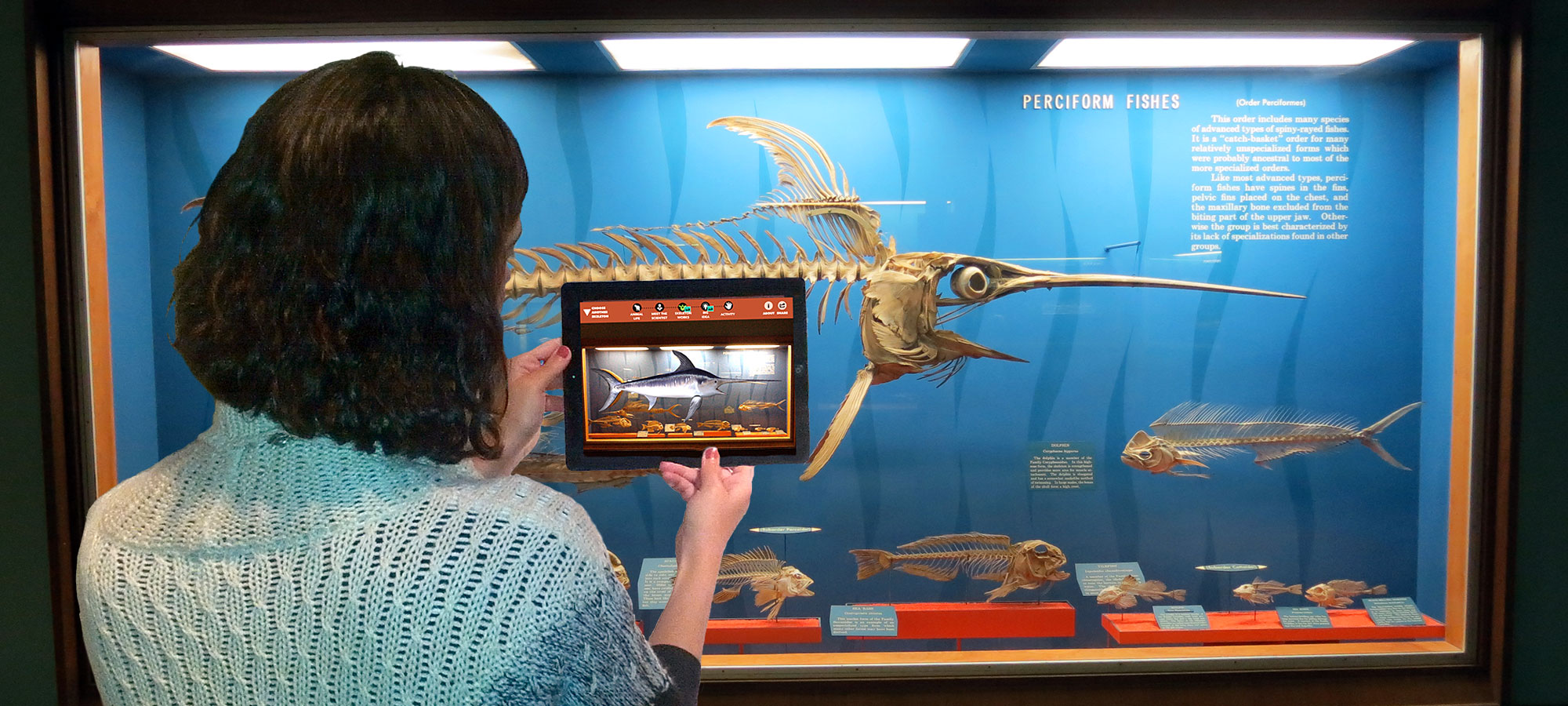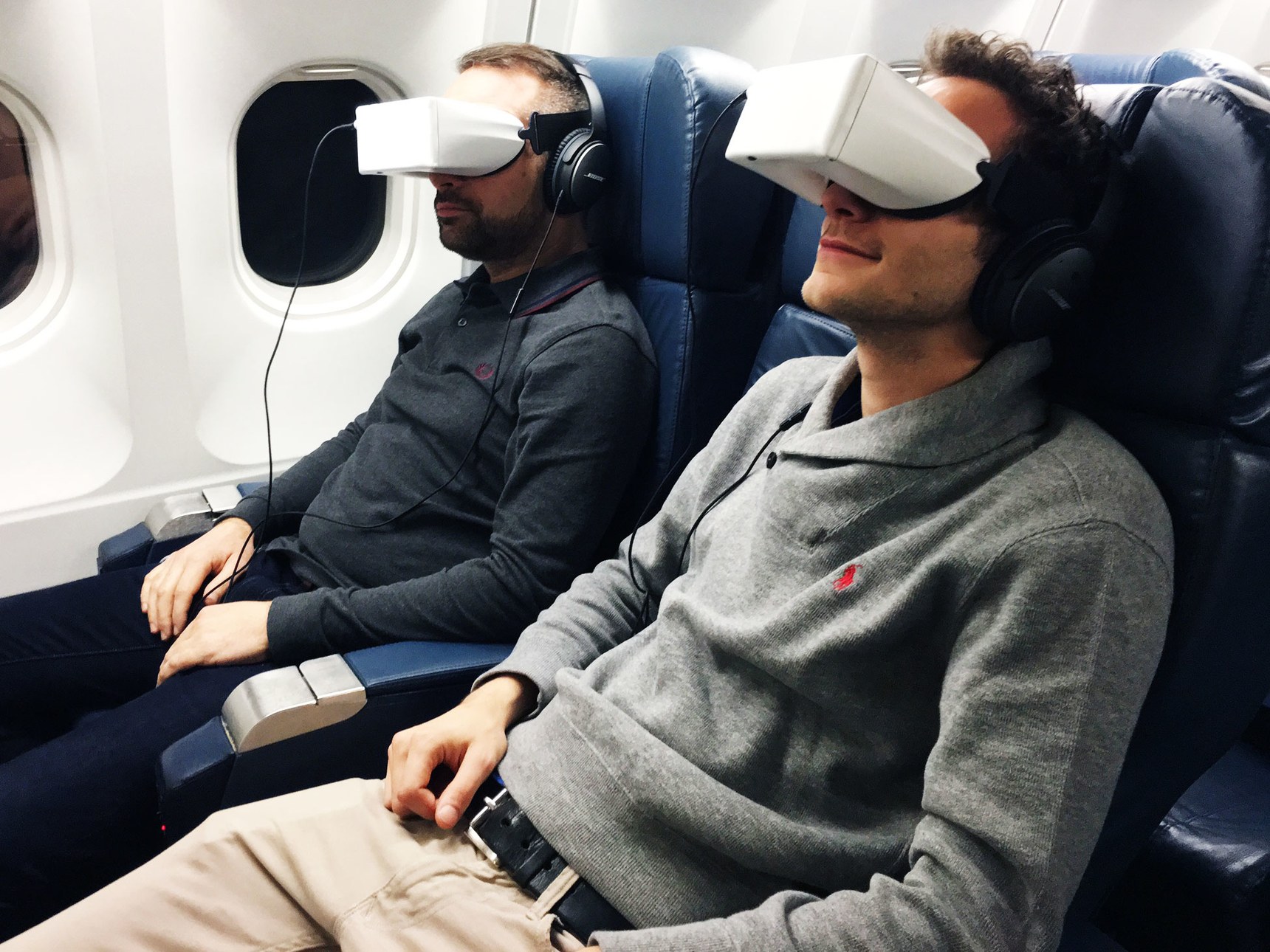Importance of Tourism
Tourism is an integral part of nearly every countries’ economy. A truly great visitor attraction will entice long distance travellers and locals alike. However, tourism is a very competitive market and tourist experience providers need to create lasting memories for visitors in order to be successful. It makes sense to take advantage of the current advances in immersive technology to help create these positive memories for tourists.
Challenges Facing Tourist Attractions
The increasing ease of international travel has made the tourism market more competitive than ever. Tourist destinations must constantly look to improve their offerings in order to attract both new and repeat visitors. The key to a successful tourist attraction is facilitating the creation of memories. If tourists visit and leave without a stand out memory or talking point to take home with them – then you are not getting the most out of your attraction. The same rings true for every type visitor attraction, be it a sports and concert venue, public park, museum, institution or historical landmark. If people don’t leave with a lasting impression; then an opportunity has been missed. The use of technology can improve the experience of tourism hotspots as well as aid in the promotion of existing attractions.
Planning Trips
Immersive technology such as virtual reality (VR), augmented reality (AR) and 360 degree video can offer potential visitors a far more tangible preview of what they can expect before travelling to a destination. Every aspect of your journey as a tourist can be previewed utilising this tech – preview your airplane cabin, your journey from the airport and hotel suite before booking your vacation. Plan your trip in great detail before setting off with VR and 360 video city tours.
Improving Journeys
Lufthansa Airlines recently offered travellers a VR in-flight entertainment experience. This ‘Moving VR’ gives passengers the experience of travelling on a glass-bottom airplane. Passengers will be able to view real-time 3D renderings of the landscapes currently beneath them as they fly over mountains, rivers, lakes and cities. In-flight VR experiences could also give passengers the chance to learn more about the locations they are travelling over. Imagine flying over Dublin City and being able ‘visit’ some of the popular tourist spots via 360 videos like the one below:
Improving Attractions with Immersive Technology
Current attractions can be given a breath of fresh air through immersive tech. Previously unreachable locations of a guided tour can be virtually explored using VR headsets. Visitors can deep dive into underwater caves or venture up a dangerously steep cliffside to enjoy a previously inaccessible view.
Attractions such as museums and parks can have AR experiences added on to the current installations to create an extra level of interaction. Museum exhibits can be brought to life through augmented reality with visitors’ mobile devices or display units. Historical figures like Napoleon, Alexander the Great and Julius Cesar can tell guests their life story from their point of view. Long extinct prehistoric animals can be brought back into existence using AR. The Smithsonian Museum has already done this to good effect with their ‘Skin and Bones’ AR app. Where skeletal remains of several species are fleshed out in front of visitors’ eyes.

Theme parks have used immersive tech to enhance visitor experience in the past and are continuing this trend. VR headsets are being used to add an extra level of excitement to waterslides and rollercoasters around the world. Bespoke VR theme park attractions are also being created. This year, the ‘Oriental Science Fiction Valley’ opened in China. This is a theme park that centres around VR experiences and is a perfect example of the potential future for tourist attractions around the world.

